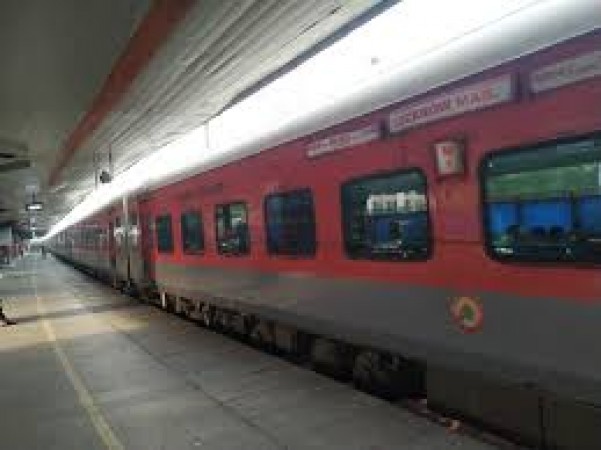
Trains are fascinating marvels of engineering, transporting people and goods across vast distances. But have you ever wondered how many coaches a train can actually have? Let's dive into this intriguing topic and explore the factors that determine the maximum number of coaches in a train.
A train consists of multiple units: the locomotive(s) and the coaches. The locomotive provides the necessary power, while the coaches carry passengers or freight.
The power of the locomotive is a critical factor. More powerful locomotives can haul more coaches. Modern locomotives are incredibly strong, with some capable of pulling dozens of coaches.
Different countries have regulations that set limits on train length and weight to ensure safe operation. These regulations consider factors like braking distance, track condition, and overall safety.
In India, the longest passenger trains, like the SheshNaag and Super Vasuki, have run with around 59 coaches. Freight trains, however, can be much longer, with some freight services exceeding 100 coaches.
In the U.S., freight trains can be extremely long. Some can exceed 150 coaches, with the longest freight trains stretching over 2 miles. Passenger trains, like Amtrak's long-distance services, typically have fewer than 20 coaches.
European trains, including high-speed services like the TGV and Eurostar, usually run with around 8-20 coaches due to platform length and high-speed requirements.
Australia's freight trains are among the longest in the world. The famous iron ore trains in Western Australia can have over 300 wagons, making them some of the longest and heaviest trains globally.
Modern trains use distributed power, where locomotives are placed at both ends or in the middle of the train. This technology allows for longer and heavier trains by evenly distributing the tractive effort and reducing stress on the couplers.
Innovations in braking systems, like Electronically Controlled Pneumatic (ECP) brakes, improve the safety and efficiency of long trains by providing better control and faster response times.
Automation and remote control technologies are paving the way for even longer trains. Automated systems can manage complex tasks like speed regulation and braking more efficiently than human operators.
The SheshNaag holds the record in India for the longest train, comprising 4 locomotives and 59 coaches, mainly used for freight.
One of the longest trains in the world, this Australian behemoth has been known to reach lengths of over 7 kilometers (4.3 miles) with 682 wagons.
Setting a world record in October 2022, this train had 100 coaches and was about 1.91 kilometers (1.18 miles) long.
Longer trains require more extensive maintenance regimes to ensure all parts are functioning correctly and safely.
Operating long trains necessitates meticulous planning and coordination, particularly in busy rail networks to avoid congestion and delays.
Longer and heavier trains are generally more efficient in terms of fuel consumption per ton-kilometer. However, they require more robust infrastructure, which can have significant environmental impacts.
Longer trains can move more goods or passengers in a single trip, increasing the efficiency of rail transport.
By consolidating loads into fewer trips, long trains reduce operational costs and can lead to lower transportation costs for consumers.
Fewer trains on the tracks mean reduced congestion and better utilization of rail infrastructure. The maximum number of coaches in a train depends on a multitude of factors, including locomotive power, track infrastructure, safety regulations, and operational considerations. While passenger trains are limited by platform lengths and other factors, freight trains can stretch to incredible lengths, especially in countries with vast, open spaces and advanced rail technologies. As technology continues to advance, we can expect trains to become even longer, more efficient, and a vital component of the global transportation network.
Study Reveals Diabetic Men Are at Higher Risk of This Serious Disease Than Women
Are You Always Hungry? Here’s What the Reason May Be
People do not pay attention to the expiry of these things used at home